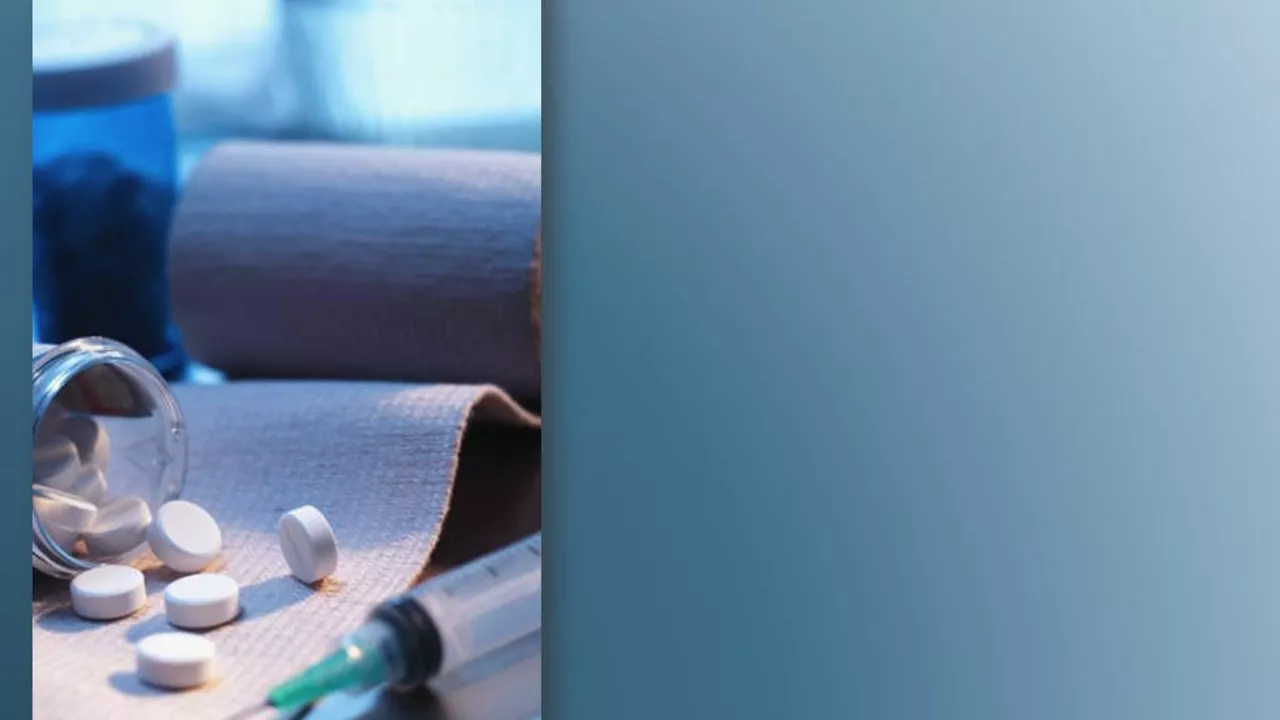Your skin is the body's biggest organ and a good guide to your overall health. Small changes — a new rash, persistent itch, thickened nails — can mean something simple or signal a need for treatment. Here are down-to-earth tips that actually help, plus when to act fast.
Start with gentle cleansing. Use a mild, fragrance-free cleanser once or twice a day. Hot water and harsh soaps strip oils and make dryness and irritation worse. Pat your skin dry, then apply an unscented moisturizer while skin is still slightly damp to lock in hydration.
Sun protection matters. Broad-spectrum sunscreen (SPF 30+) every day prevents burns, reduces early aging, and lowers skin cancer risk. Wear a hat and seek shade during peak sun hours when you can.
Watch what touches your skin. Laundry detergents, fragranced lotions, and some metals (like cheap jewelry) can trigger contact dermatitis. If a product causes burning or a rash, stop using it and switch to hypoallergenic options.
For fungal infections like athlete's foot or ringworm, over-the-counter creams help many people. Nail fungus is tougher—oral terbinafine (Lamisil) often works better but needs a doctor's prescription and liver checks. Read more about how terbinafine works and safety in our Lamisil guide.
Eczema and dermatitis flare-ups respond to gentle skin care, stronger moisturizers, and short courses of topical steroids prescribed by a clinician. Nighttime itch makes sleep miserable; try a cool room, cotton sheets, and an emollient before bed. If itch wakes you often, talk to your provider about safe antihistamines or other options — our Dermatitis and Sleep article covers practical tricks to get better rest.
Activated charcoal is popular in face masks and supplements, but evidence for health benefits is limited. It can dry skin or interfere with medications if swallowed. Use cosmetic charcoal masks sparingly and avoid oral use unless a healthcare provider recommends it for poisoning.
Buying medications online? Check the pharmacy's licensure, clear contact info, and privacy practices before you buy. We review what to look for in online pharmacies so you don't end up with risky products.
Know when to see a doctor: rapid spreading redness, fever, painful swelling, new lumps, or wounds that don't heal in two weeks need prompt care. Long-standing nail changes, blisters, or skin changes that bleed also deserve medical attention. Early diagnosis saves time and prevents complications.
Small changes in routine can improve skin health a lot. If you're unsure what to try first, start with gentle cleansing, regular moisturizing, and sunscreen — then read our focused articles for treatments like antifungals or step-by-step flare management.

In my recent blog post, I delved into the connection between Lopinavir and skin health. This medication, commonly used to manage HIV, appears to have significant effects on skin health, both positive and negative. While it can sometimes cause rashes and other skin issues, Lopinavir also appears to have potential benefits, such as slowing the aging process of the skin. It's crucial for patients taking this medication to be aware of these potential effects and to discuss any concerns with their healthcare providers. Stay informed and take care of your skin, folks!